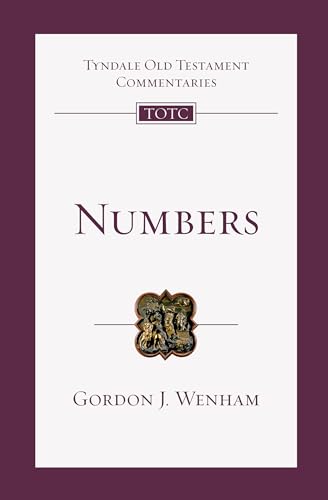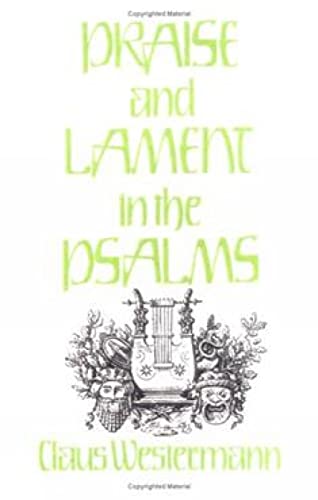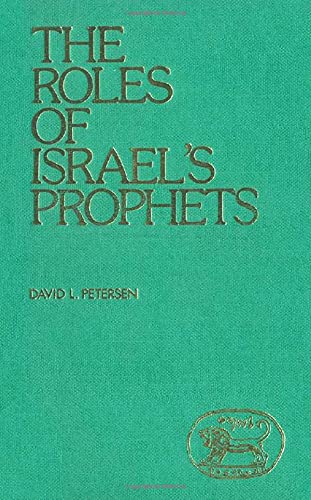I Believe in the Second Coming of Jesus
Written by Stephen H. Travis Reviewed By Murray J. HarrisAlthough the title of this book might prompt the reader to expect a somewhat restricted coverage of Christian eschatology, this is certainly not what the book gives. Dr Travis, Director of Academic Studies at St John’s College, Nottingham, skilfully and patiently traverses the whole terrain—the beginning of hope in the Old Testament (chapter 1), the fulfilment of hope in the inauguration of God’s rule through Jesus and in his vindication as the Son of man (chapter 2), early Christian testimony about Jesus and his second coming as the focus of hope (chapter 3), ‘the signs of the times’ and mistaken hopes (chapter 4), resurrection and hope beyond death (chapter 5), judgment as the dark side of hope (chapter 6), and Christian existence as living in hope (chapter 7).
Appropriately the author focuses on hope as the hallmark of Christian teaching about the future. Biblical hope is seen as ‘an expectation that God is working out his purpose through history, and will lead the events of history and the lives of men towards a goal’ (p. 11). But as well as denoting the object on which we set out expectations, hope signifies the attitude and style of life adopted in the light of those expectations (p. 209). The final chapter develops this second sense of ‘hope’ and in a sense stands on its own as a persuasive and clarion call to a radical Christian discipleship that is rooted in scriptural imperatives and is sensitive to society’s needs.
Especially to be applauded is the author’s insistence that Christian eschatology is not primarily concerned with the ‘lastness’ of all things or the last things after all, but with the Last One, the exalted Jesus of Nazareth, whose first advent inaugurated the last days and whose second advent will bring in the consummated kingdom of God. Moreover, Dr Travis shows that the Biblical treatment of the last things avoids a preoccupation with events and things at the expense of concern for persons and also any preoccupation with the personal at the expense of the material and historical. Persons, events and things all matter to the biblical authors. Because man is one with creation, the emancipation of creation from its bondage to decay is involved in the emancipation of man (Rom. 8:19–23). ‘Renewed people will need a renewed environment, fitted for the eternity of God’s kingdom’ (p. 88).
Readers will find the author’s contribution to a variety of topics particularly useful: the principles governing the proper interpretation of prophecy (pp. 35–37, 135–143), especially the discussion of prophecy as not always being literally fulfilled and of ‘fulfilment exceeding prediction’ (cf. pp. 28–29); his analysis of the competing contemporary views of history and his critique of Marxist eschatology (pp. 109–111, 228–235); the identification of ‘the poor in Scripture (pp. 57–59); his distinction between God’s purpose in creation (which is clearly revealed) and the manner in which the world was created and that purpose will be brought to fruition (matters not revealed in detail) (pp. 104–105); his poignant description of the ‘hard reality of death’ (pp. 157–159); the reasons for believing that Jesus himself envisaged an interval between his personal vindication through resurrection and his ultimate coming as glorified Son of man (pp. 73–75); his treatment of the New Testament tension between the signs and the suddenness of Jesus’ second coming (pp. 90–93, 122–123); his discussion of what has been called the prophetic ‘foreshortening of perspective’ (pp. 35–36, 93–94); and his suggestion, prompted by Revelation 21:26–27, that earthly ‘culture’ will be preserved (presumably in a purified form) in heaven (p. 181).
Both resurrection and immortality are rightly seen as biblical concepts. However, because resurrection language offers a richer imagery and links Christian hope clearly to the resurrection of Jesus, ‘we are right to prefer it to the term “immortality” ’ (p. 172). Granted, resurrection language predominates in the New Testament (even in Paul, the only writer to use the Greek terms for ‘immortality’), but we should not overlook the contribution that immortality makes to the idea of resurrection. It guarantees that resurrection is viewed as a state rather than simply as a spectacular single event, as a permanent state rather than as a temporary condition, and as a transformed state sustained by the life of God. Believers will be ‘raised immortal’ (1 Cor. 15:52), to live for ever by the power of God (cf. 2 Cor. 13:4).
Some readers will find themselves unconvinced by Dr Travis’s denial to national Israel of any distinctive place in God’s plan for the future (pp. 124–134, 151) and his defence of amillennialism (pp. 144–147). Others will probably be disturbed by his description of dispensationalism as ‘an instance of the “lust for certitude” ’ (p. 154; cf. 147–154) and his decision (‘if pressed’) in favour of ‘conditional immortality’ (or ‘annihilationism’) over against the doctrine of external punishment (pp. 196–199), although ‘the New Testament does not express itself clearly for one or other of these options’ (p. 197). But Dr Travis always treats the biblical data with thoroughness and openness and always examines those views which he disagrees with honesty and perceptiveness.
It is not clear that conditional immortality and eternal punishment are necessarily mutually exclusive. It all depends what is meant by ‘immortality’. If one gives the term a Platonic sense of ‘permanent survival after death’, conditional immortality will signify that only those in Christ live for ever and that those outside of Christ cease to exist after death or after the judgment; there is no eternal punishment. But if we give to immortality its Pauline meaning of ‘immunity from decay and death that results from sharing the eternal divine life’, conditional immortality signifies that only those who belong to Christ are destined to share God’s eternal life and avoid the ‘second death’; those without Christ will suffer eternal punishment, viz ‘eternal ruin and exclusion from the presence of the Lord’ (2 Thes. 1:9).
Dr Travis is the master of the apt illustration (e.g., pp. 49, 73, 139–140, 165, 168, 180, 213–214, 245) and the telling simile (e.g., 97, 99, 123). Unfortunately the book lacks indices and has only the briefest table of contents. However this sdeficiency is largely offset by the plentiful signposts the author has provided for the weary traveller through his regular subheadings, short paragraphs, judicious use of italics, and ubiquitous ‘First … secondly,’ etc.
The aim of this ‘I Believe’ series is, in part, ‘to rehabilitate and relate to the needs of contemporary society the contents of Christian faith and Christian hope which a minimizing and syncretistic theology has largely abandoned’ (p. 7). Dr Travis mus be awarded high marks on both counts: he has provided a scholarly yet eminently readable defence of the traditional Christian understanding of the future and has also shown the startling relevance of this Christian outlook for the pressing concerns of twentieth-century society.
Murray J. Harris
Murray J. Harris
Trinity Evangelical Divinity School (Professor Emeritus)
Cambridge, New Zealand







